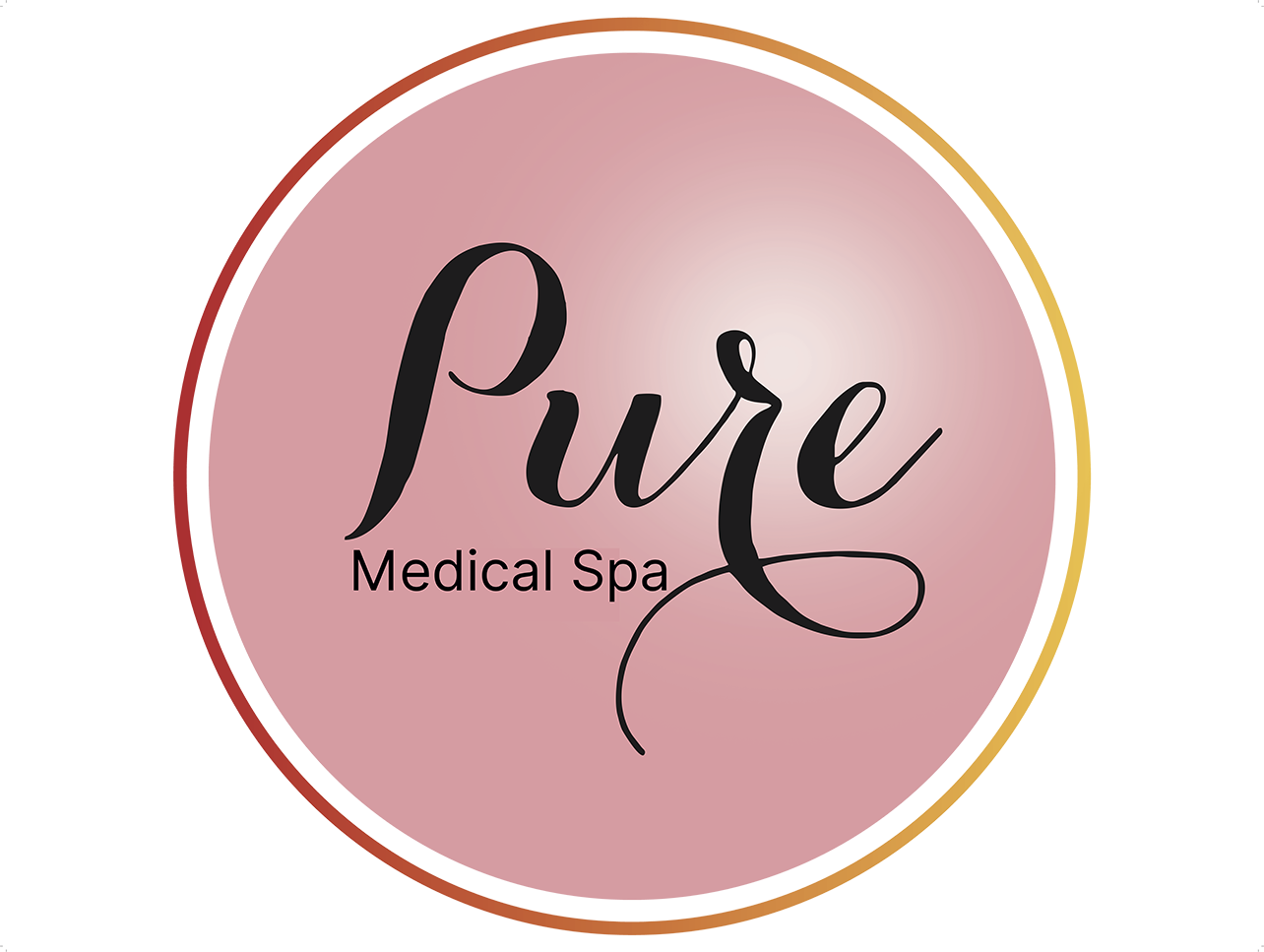When it comes to treating dullness, pigmentation, or dark spots, patients are often faced with two choices: medical-grade brightening serums or over-the-counter brightening serums. Both claim to improve skin tone, but the reality is that the two are not created equal. The difference between medical-grade and OTC skincare often comes down to strength, ingredient quality, and clinical results.
At Pure Medical Spa, we help patients navigate the confusing world of skincare and choose products that deliver real, visible improvements. This guide breaks down medical-grade brightening vs over-the-counter serums so you can decide which option is right for your skin.
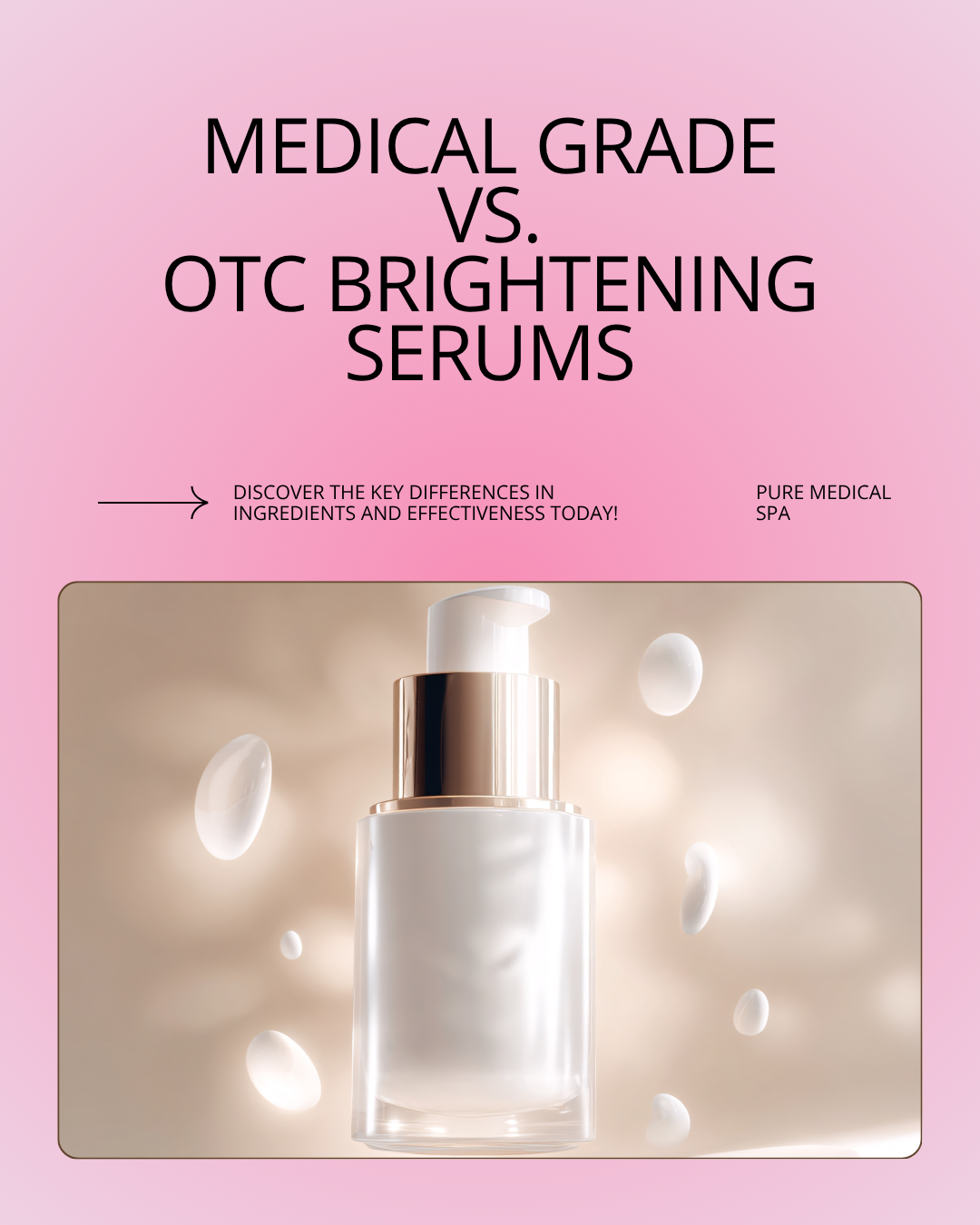
Why Ingredients Matter in Brightening Serums
The secret to a successful brightening routine lies in the active ingredients in medical-grade serums. These formulas typically include stabilized Vitamin C, retinol, niacinamide, and peptides at higher concentrations. Each of these ingredients targets skin pigmentation and dark spots, helping to restore clarity and radiance.
In comparison, OTC formulas often use diluted versions or non-stabilized forms of ingredients. This leads to slower results and highlights the OTC skincare product limitations many patients face. If you’re wondering, “Are medical-grade serums better than OTC?”—the answer lies in potency and consistency.
Professional-Grade Skin Brightening Benefits
The medical-grade skincare benefits extend far beyond fading spots. Because these formulas penetrate deeper into the skin, they provide results such as:
- Brighter complexion: Faster correction of hyperpigmentation.
- Stronger collagen support: Helps smooth fine lines and texture.
- Better protection: Antioxidants fight free radicals and sun damage.
- Visible transformation: Many patients report faster, more dramatic OTC vs medical-grade serum results.
In short, professional-grade skin brightening delivers not just a temporary glow but long-term skin health.
Over-the-Counter Serums: What to Expect
Drugstore and beauty counter formulas can still help, especially for beginners. Many over-the-counter brightening serums include Vitamin C or botanical extracts that can improve tone and hydration. However, when comparing OTC serum vs prescription serum, the difference is significant.
OTC products are regulated for safety but limited in strength. They often work for mild concerns but may not provide visible results with medical-grade serums that target deeper pigment issues. For patients dealing with stubborn melasma, sun damage, or acne scars, a medical-grade option is usually the smarter choice.
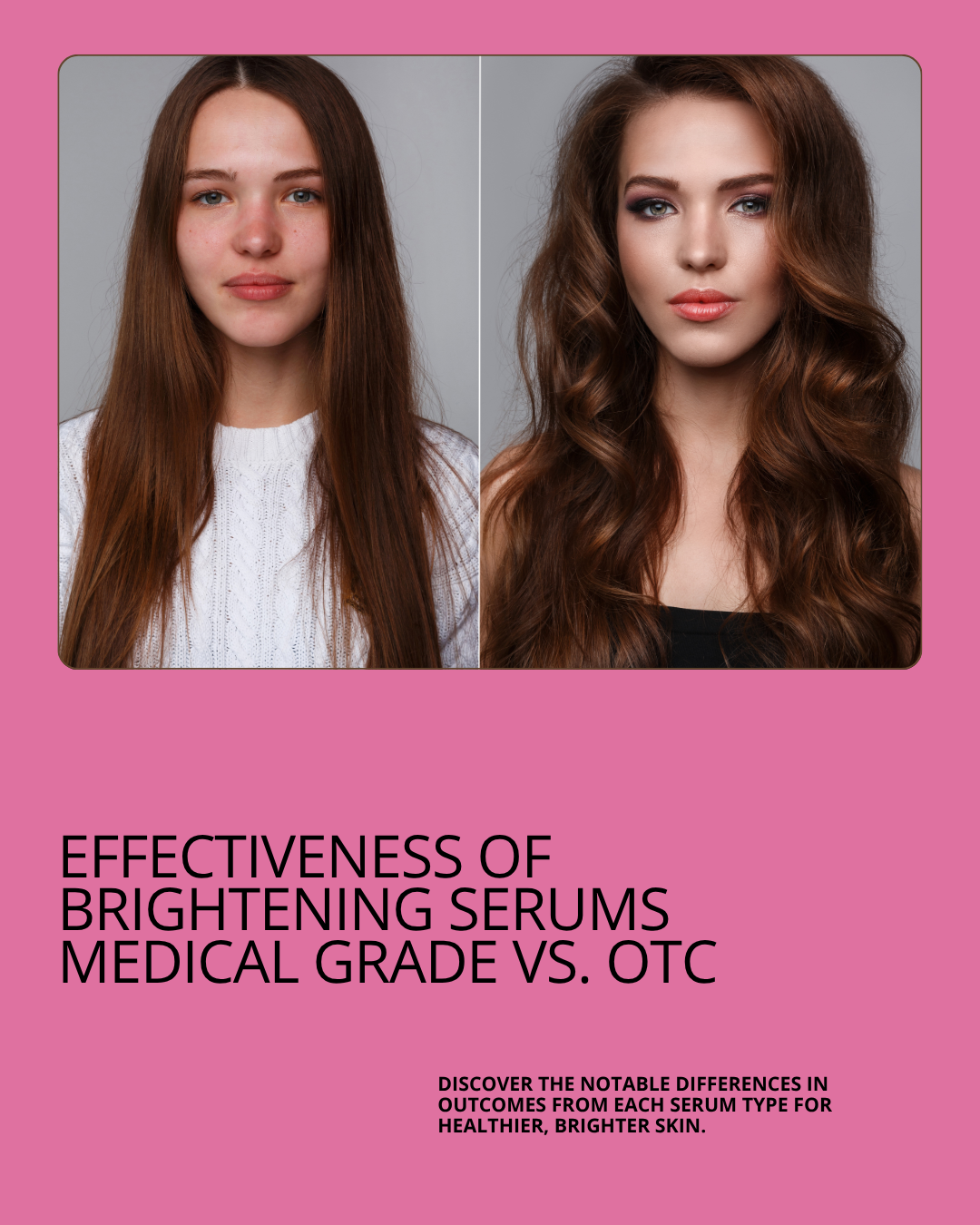
Medical-Grade Brightening vs Over-the-Counter Serums: Key Differences
When comparing medical-grade brightening vs over-the-counter serums, three main differences stand out:
- Potency of medical-grade ingredients – Higher concentrations mean faster, more effective results.
- Backed by clinical studies – Most dermatologist recommended brightening products are clinically tested for safety and effectiveness.
- Long-term outcomes – Medical-grade options are designed to correct, protect, and prevent discoloration, while OTC formulas mostly address surface-level concerns.
Concentration of Active Ingredients in Medical-Grade Skincare
One of the biggest advantages of medical grade skincare products is the concentration of active ingredients. Unlike OTC options, these formulas contain higher concentrations of active compounds like retinol, peptides, and antioxidants. They are highly concentrated to deliver faster, more noticeable changes in skin tone and texture. For example, a vitamin C serum from a medical-grade line is far more effective in fading age spots, reducing fine lines and wrinkles, and supporting the skin’s natural collagen than most drugstore alternatives.
Addressing Specific Skin Concerns with Professional Care
Medical grade skin care is designed for addressing specific skin needs. When paired with sun protection and regular treatments like chemical peels or glycolic acid, these products work to correct pigmentation, dryness, and early aging. Patients with dry skin or those with sun exposure damage can build a customized skincare regimen to restore balance while protecting against further damage.
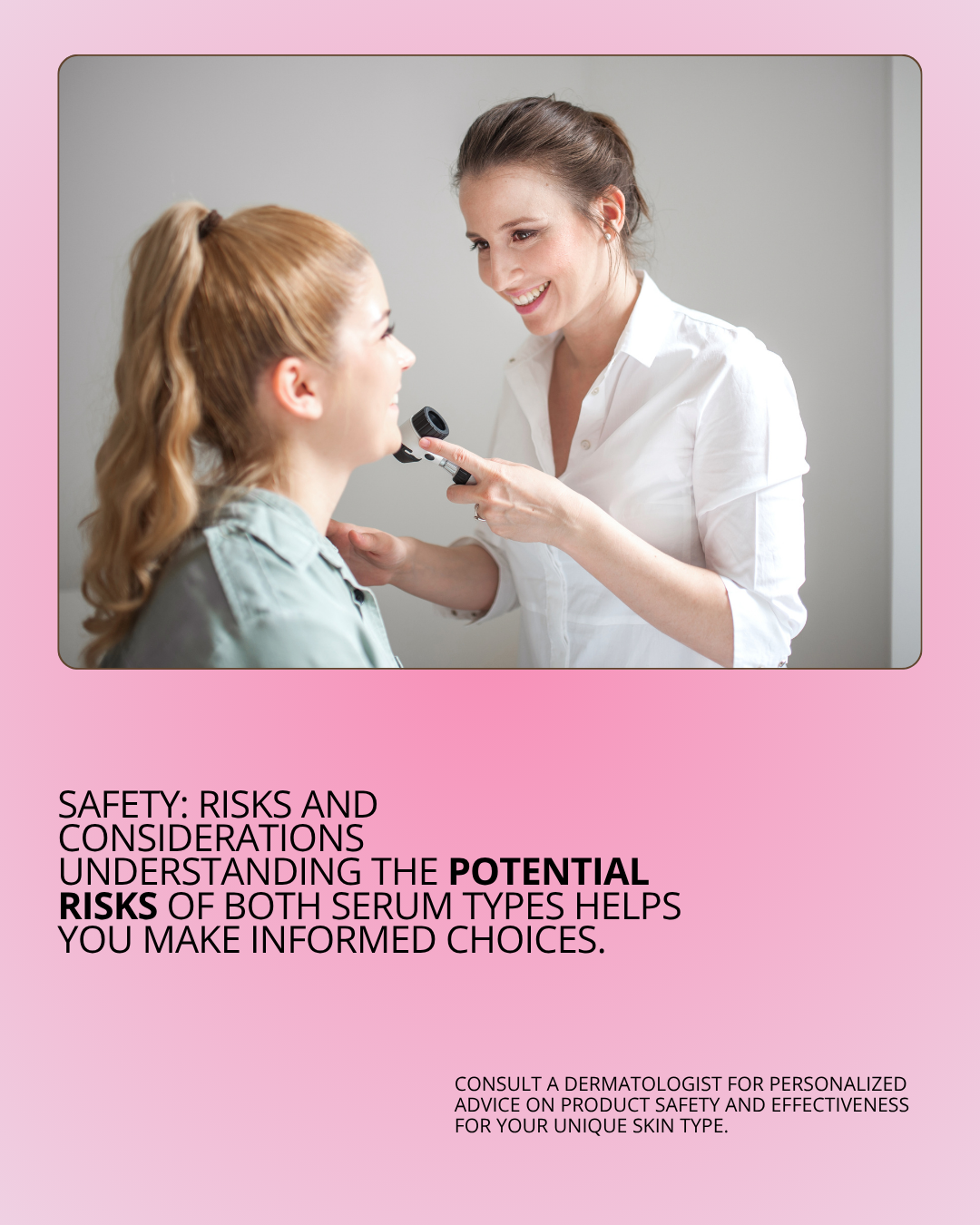
How Do Medical-Grade Serums Work?
Many patients ask, “How do medical-grade brightening serums work?” The answer is science. These serums regulate melanin production, exfoliate surface pigment, and reduce inflammation that contributes to discoloration. The result is brightening serums for hyperpigmentation that actually change how the skin functions, not just how it looks temporarily.
With consistent use, the best brightening routine with medical-grade products can transform skin tone in 6–12 weeks, often showing faster progress than OTC alternatives.
Step-by-Step Routine with Brightening Serums
If you’re ready to build a routine, here’s a step-by-step routine with medical-grade brightening serums that’s safe and effective:
Morning Routine
- Cleanse gently.
- Apply Vitamin C or a medical-grade brightening serum.
- Follow with moisturizer.
- Always apply sunscreen to protect results.
Evening Routine
- Cleanse thoroughly.
- Apply your brightening serum or retinol.
- Use a night cream to lock in hydration.
Following this daily plan provides the best way to use medical-grade serums for dark spots, ensuring both correction and prevention.
Are Medical-Grade Serums Safe for Sensitive Skin?
Another common question is, “Medical-grade vs OTC skincare for sensitive skin—what’s best?” While OTC products are gentler, many medical-grade brightening serums are designed to minimize irritation while still delivering results. With professional guidance, even patients with sensitive skin can benefit from stronger formulas.
At Pure Medical Spa, we carefully select products suited to each skin type, ensuring safety and comfort while maximizing results.
FAQs
Q1. Are medical-grade serums better than OTC?
Yes. Stronger formulations deliver faster, more visible improvements.
Q2. Can over-the-counter serums fade hyperpigmentation?
They can improve mild concerns, but stubborn pigmentation often requires medical-grade strength.
Q3. Do medical-grade products work faster?
Yes. Many patients see visible results with medical-grade serums in as little as 6 weeks.
Q4. Are these serums safe for long-term use?
Yes, the safety of medical-grade skincare is backed by research and dermatologist oversight.
Q5. What’s the best way to combine them?
Use OTC for maintenance, but rely on professional-grade skin brightening for transformative results.
Professional Guidance at Pure Medical Spa
Choosing between medical-grade brightening vs over-the-counter serums doesn’t have to be confusing. At Pure Medical Spa, our team can assess your skin, track your progress, and create a customized regimen with the right blend of professional-grade products and treatments.
Call/Text 312.312.7873 or
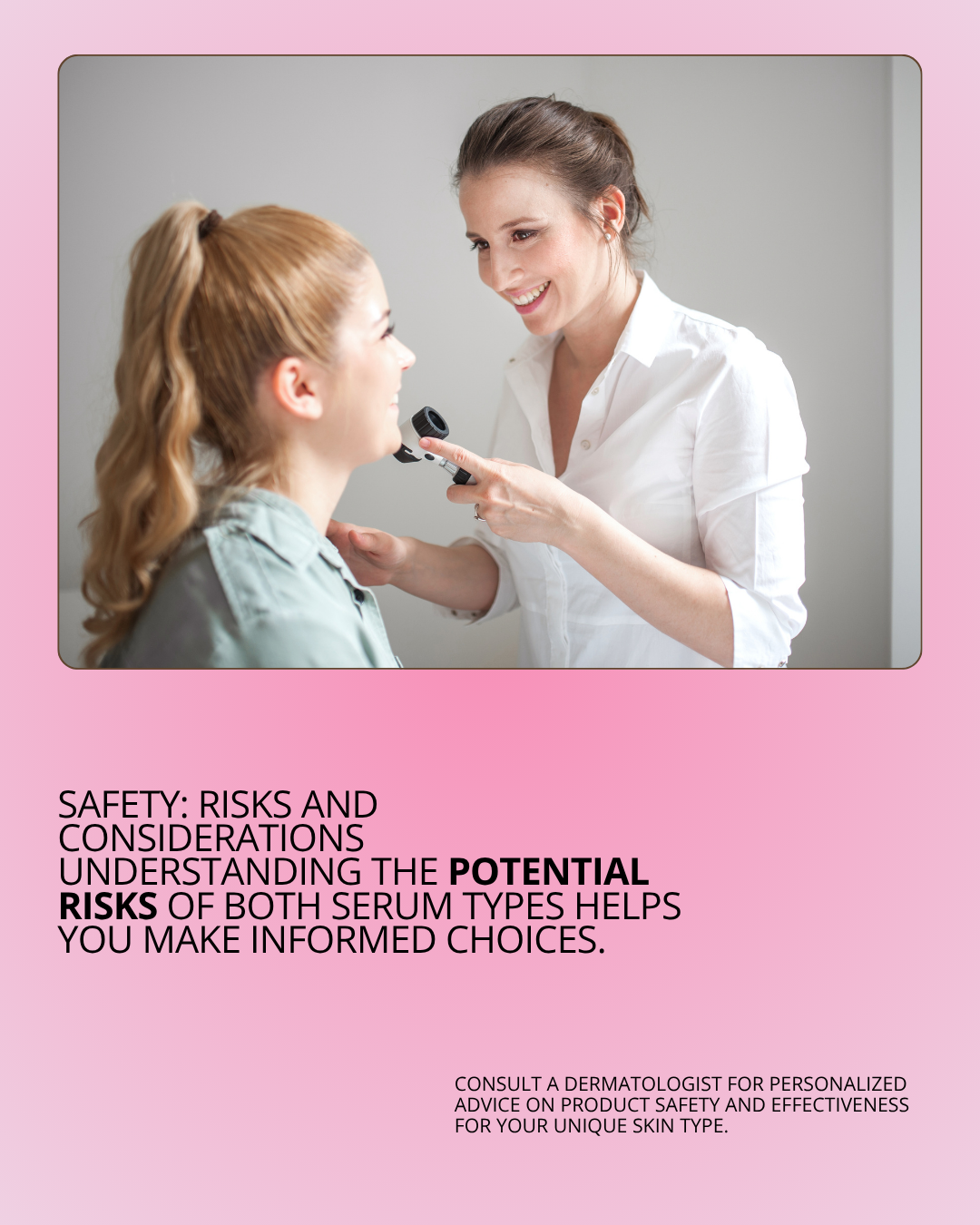
Final Takeaway
The difference between medical-grade and OTC skincare is clear: one offers stronger, scientifically proven results, while the other offers convenience but slower progress. If your goal is to correct stubborn pigmentation and achieve long-term radiance, medical-grade brightening serums are worth the investment.
At Pure Medical Spa, we’re here to help you unlock the healthiest, brightest version of your skin with customized recommendations and visible results.
Reference
National Center for Biotechnology Information (NCBI) – Retinoids in the Treatment of Skin Aging
https://pmc.ncbi.nlm.nih.gov/articles/PMC2699641/
